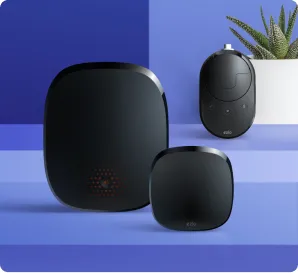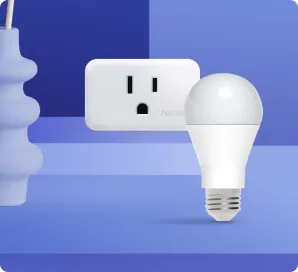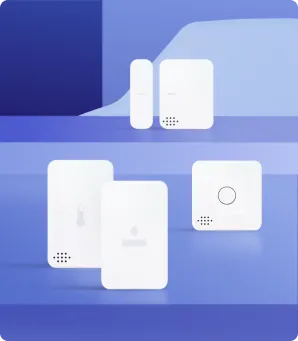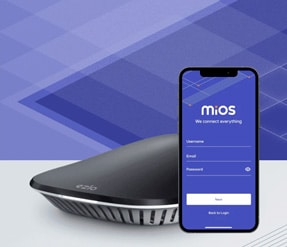If all of the devices and systems in our smart homes are compatible with one another, our lives may become less complicated and more convenient as a result of the introduction of smart home technology.
Importance of Smart Home Technology Integration
However, this is not always the case because many smart home devices are designed to only function with particular ecosystems or platforms. In today’s blog, we’ll discuss the significance of connectivity regarding the technology behind smart homes.
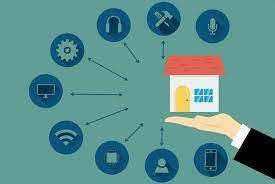
What exactly does “compatibility” mean?
A device or system is said to have interoperability if it can communicate with other devices or systems in a straightforward and effective manner without requiring any special configuration or integration on the user’s part. Interoperability is essential for developing smart home technology because it ensures that all of the devices in your home, regardless of their manufacturer or the platform they run on, can communicate and function efficiently together.
Why is Device interoperability necessary?
Interoperability is critical for a number of reasons, including the following:
User-friendly as well as practical
When everything in your smart home can communicate with one another and function without any issues, it is much simpler to control your house and automate tasks that you undertake regularly. For instance, if you have a smart thermostat, smart lighting, and a smart security system, you should be able to set up “scenes” that automate certain functions. For instance, when you leave the house, the “scene” should turn off the lights and set the thermostat to the desired temperature.
The power of decision as well as the flexibility to adapt
Interoperability frees you from being constrained to a single ecosystem or platform, allowing you to pick and choose the hardware and software solutions that work best for you. For instance, if you enjoy Amazon Alexa as your voice assistant but want to use a smart lock from a different brand, you should be able to use both without any issues.
Future-proofing
As the technology behind smart homes advances, interoperability will become an increasingly vital consideration. You can future-proof your house and ensure that you won’t be trapped with outdated or incompatible technology by purchasing appliances and systems compatible with various operating systems, platforms, and ecosystems.
What are some of the challenges associated with being able to collaborate?
Even though compatibility is extremely important, there are a few factors that make it extremely difficult to achieve:
Dividing up and going in different directions
The industry of smart homes is still in its infancy, and as a result, a wide variety of platforms, ecosystems, and protocols are now in use. It is not always easy for systems and devices to work together without hiccups since they may employ distinct modes of communication or have distinct requirements for how they should be linked.
Concerns regarding safety and personal privacy
Because it requires different devices and computer systems to share information and communicate with one another, interoperability can also lead to breaches in privacy and security. Hackers and other malicious actors may be able to exploit vulnerabilities in the system if proper planning and implementation of this feature are not carried out.
Regulations and authorizations
There should be a set of common standards and processes for getting devices and systems certified so that it is possible for them to work together. This would ensure that devices and systems are compatible with one another. However, creating these standards and methods can be challenging and time-consuming, and different stakeholders may have varying ideas regarding which standards should be utilized.
Conclusion
Interoperability is essential for fully realizing the possibilities offered by smart home technology, but it is not always simple. We can create a smart home ecosystem that is truly user-friendly, secure, and seamless if we invest money in devices and systems built to collaborate well with one another and if we assist the industry in developing shared standards and certification procedures.

